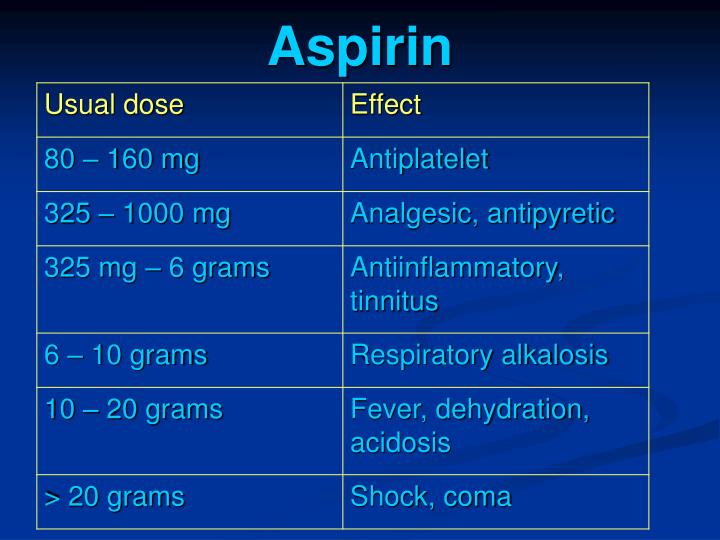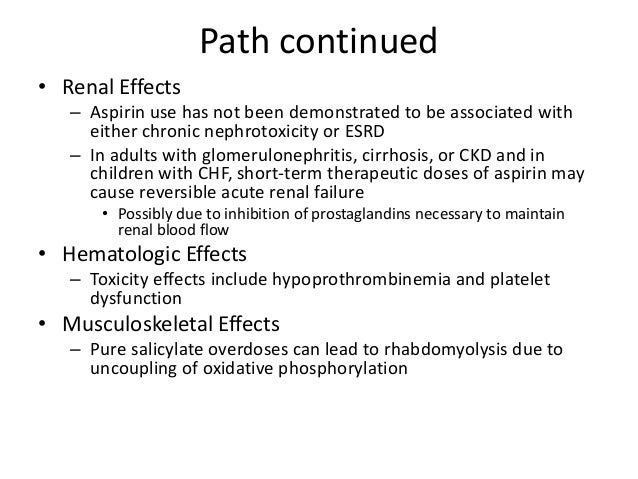

Most patients report no or mild symptoms following ibuprofen overdose.

In children, caregivers should be asked explicitly about acetaminophen ingestion, as it is commonly mistaken for ibuprofen. Important points to be noted in history include the amount of ibuprofen ingested, the time of ingestion, and any co-ingestants. There have been reports of metabolic acidosis after an acute overdose of ibuprofen and other NSAIDs, which may be explained by the accumulation of acidic metabolites in the blood. Thromboxane A2, another substance produced by the COX enzyme, is vital for platelet aggregation and hence, coagulation. The depletion of thromboxane A2 could, therefore, in theory, inhibit platelet aggregation and cause bleeding, especially in patients on anticoagulants or antiplatelets. In the kidneys, this can lead to decreased renal perfusion in the afferent renal vessels, especially in individuals with preexisting dehydration or renal impairment, thereby leading to reduced glomerular filtration rate (GFR).

Ibuprofen can, therefore, cause dyspeptic symptoms and gastrointestinal (GI) ulcers even at therapeutic doses. Ibuprofen also works on the thermoregulatory center of the hypothalamus to control fever.Īdverse effects associated with chronic ibuprofen use stem from prostaglandins' important roles, and thromboxanes play in various organ systems, including maintaining gastric mucosal integrity and renal blood flow. Prostaglandins also play a role in sensitizing pain-sensing nerve fibers, which explains the analgesic effect of ibuprofen and other NSAIDs.

This prevents the conversion of arachidonic acid to the various prostaglandins that are instrumental in causing the 4 defining features of inflammation, namely redness ( rubor), heat ( calor), swelling ( tumor), and pain ( dolor). The therapeutic effects of ibuprofen are mediated by reversible binding to COX receptors (both COX-1 and COX-2) on prostaglandin synthase (also called cyclooxygenase, COX), thereby preventing arachidonic acid from binding to these sites.


 0 kommentar(er)
0 kommentar(er)
